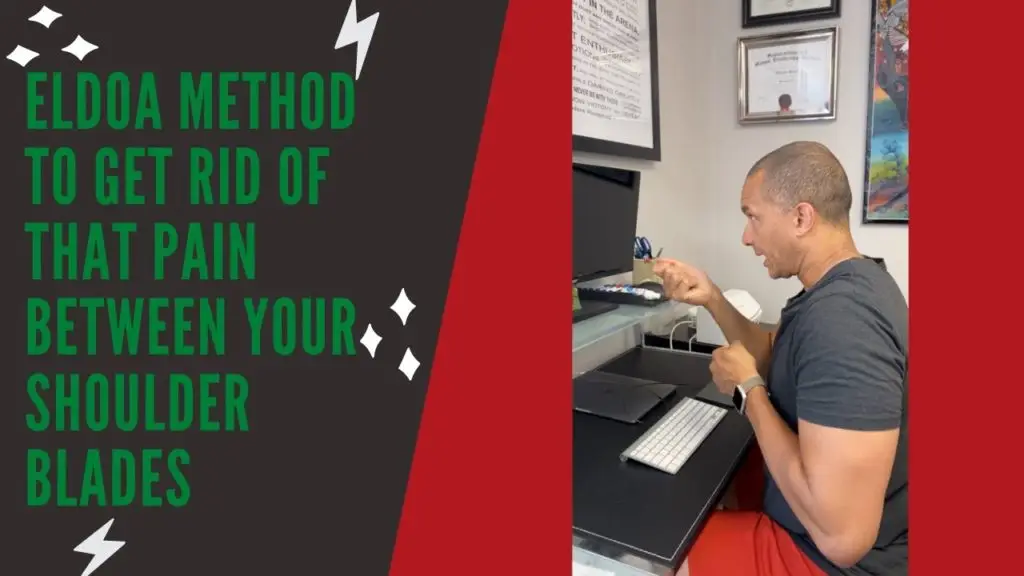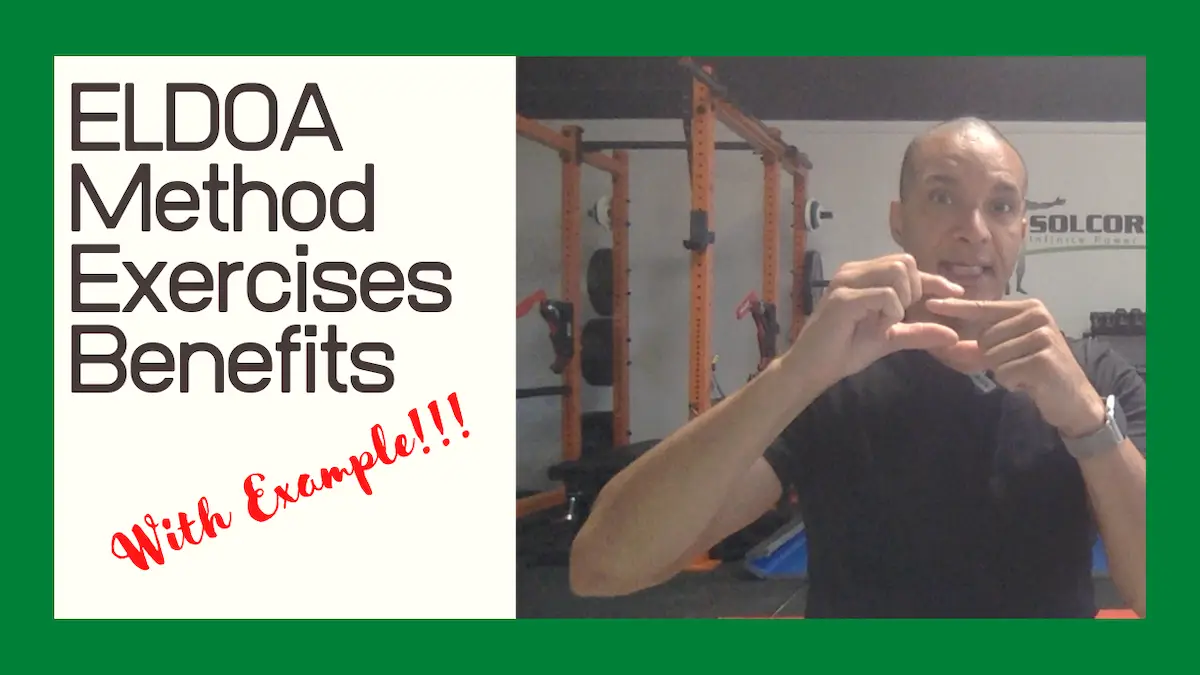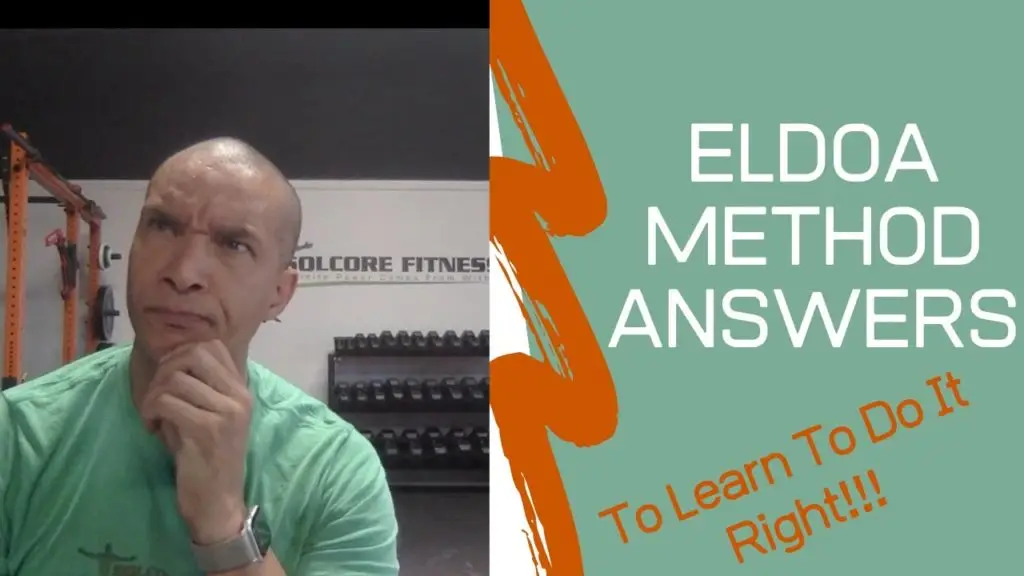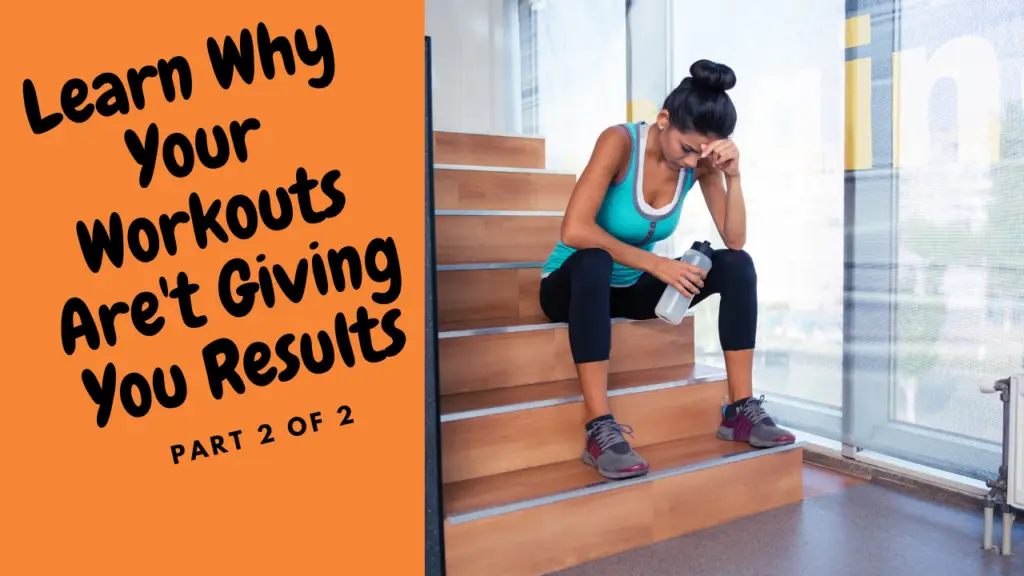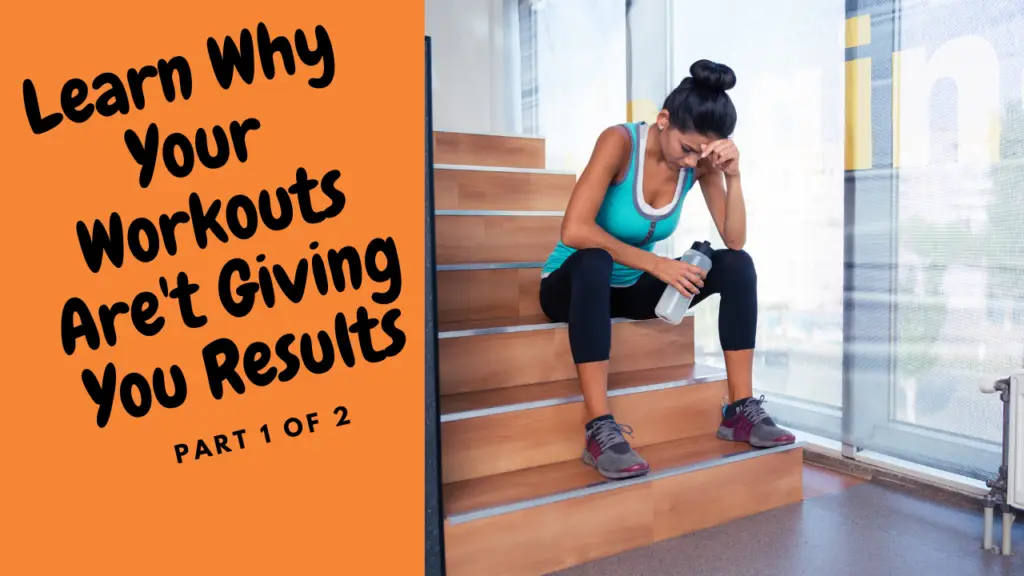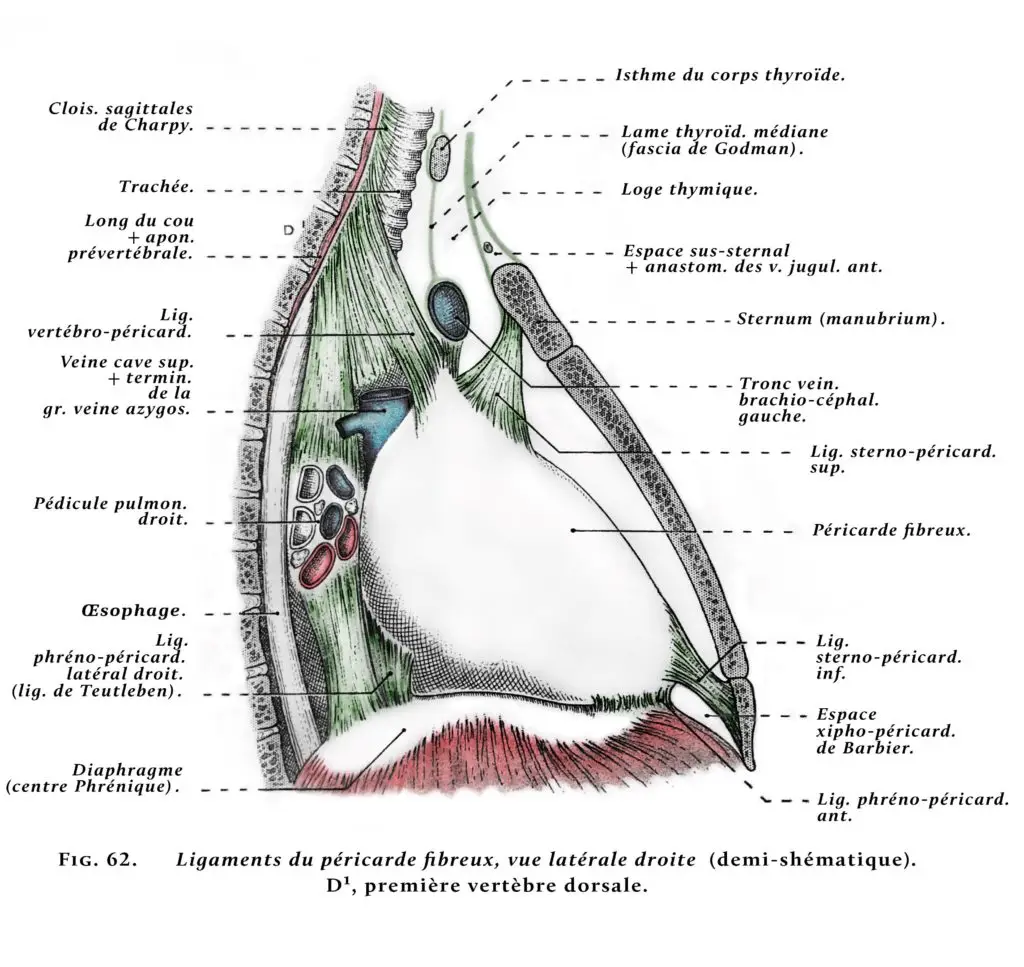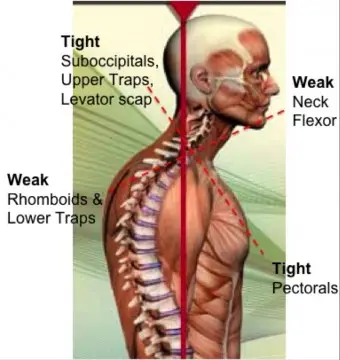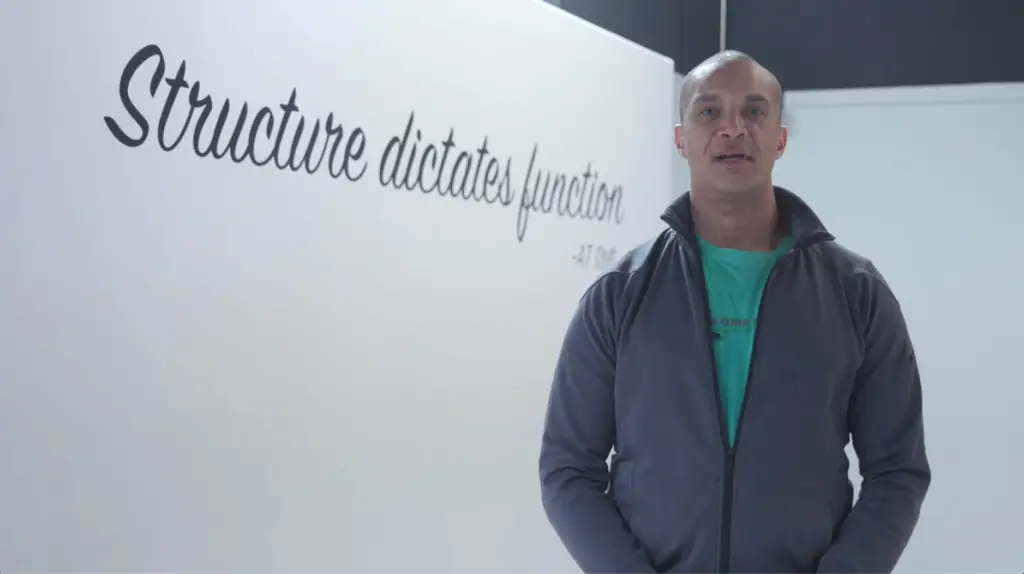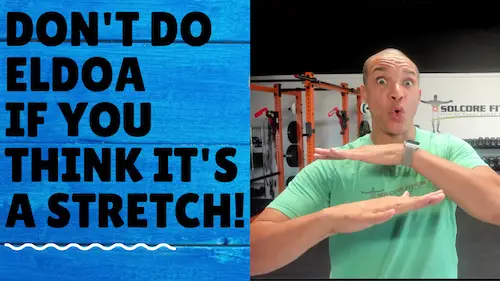
Click on the image to watch the video
ELDOA: Strengthening, Not Stretching Here’s the Science
Many associate ELDOA with flexibility or yoga-like stretching, but ELDOA is fundamentally different. Instead of creating passive length, it uses an extreme end-range muscular contraction—an intense, sustained effort to separate joint surfaces and strengthen the tissues surrounding them.
Biomechanics: Borelli’s Law and Extreme Range
ELDOA is based on a biomechanical rule described by Borelli: every muscle operates through five ranges (total, middle, internal, external, extreme). ELDOA targets the “extreme range,” where maximum tension pulls actin and myosin fibers far apart and all motor units are recruited. This builds endurance, resilience, and deep stability rather than relaxation or pampering.
Why ELDOA Is Different From Yoga or Passive Stretching
Yoga, stretching, and ELDOA may appear similar visually, but the neuromyofascial, biomechanical, and effort profiles are worlds apart. In yoga or typical stretches, relaxation and temporary lengthening occur. ELDOA demands deliberate, total muscular engagement—building global tension throughout the body and targeting specific joints for decompression and alignment.
Analogy: Building Space Under Pressure
Imagine trying to “build space” at a joint by push-pulling from opposite ends—abs, chest, neck pushing up; hips and legs pressing down. This feels like effort, not ease, similar to pulling a stuck drawer apart. With ELDOA, you consciously recruit every fiber, hold tension, and “educate” the tissues to handle force and maintain spacing even under stress.
The Anatomy of ELDOA for Spinal Health
In practice, ELDOA is most famous for its application to spinal segments. Through precise body positioning, joint decoaptation, and maximal tension, it decompresses vertebrae, hydrates discs, and aligns posture. The benefit comes not just from “lengthening” but from teaching the spine to organize, bear load, and resist compression in daily life.
ELDOA: The Ultimate Spine And Joint Exercise
Key Takeaways: Why ELDOA Changes Movement, Pain, and Posture
- ELDOA is strength-focused, not relaxation-focused; it teaches the body to sustain effort in end-range.
- The intense tension recruits all muscle fibers, remodels fascia, and creates space in the joints.
- Benefits include pain relief, improved posture, hydration, and lifelong spinal resilience when used with a holistic program and proper mindset.
Find out more @
it’s not just working out, it’s building a foundation for a better life.

